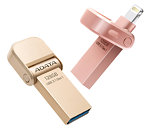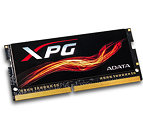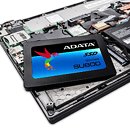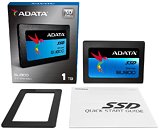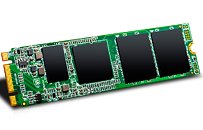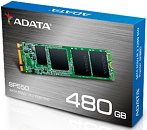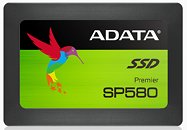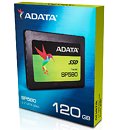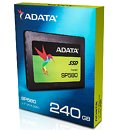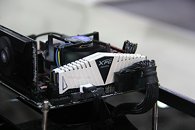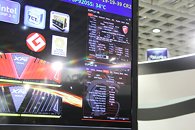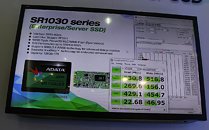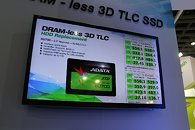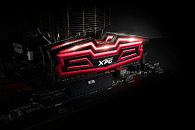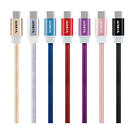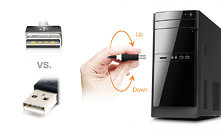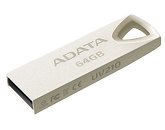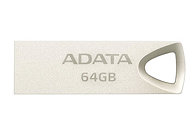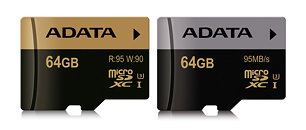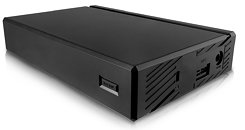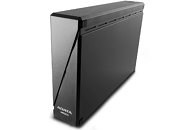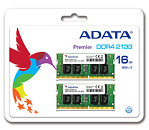
ADATA Releases the i-Memory AI920 Ultra-Slim Flash Drive
ADATA Technology, a leading manufacturer of highperformance DRAM modules and NAND Flash products, today launched the i-Memory AI920 Flash drive. Extremely compact and light, the AI920 combines an Apple MFi-certified Lightning connector with a USB 3.1 plug for diverse connectivity. It makes transferring content to and from iOS devices eminently easy and fast, offering support for an extensive range of media and file extensions, subtitles, and Live Photos. The AI920 supports strong encryption and has been designed to resist water and dust for more care-free user mobility. The AI920 is available in 32GB, 64GB, and 128GB capacities, with Gold and Rose Gold schemes. A lanyard is included in the package with every AI920.
While extra-compact and light, the AI920 integrates Lightning and USB 3.1 connectors to increase its versatility and compatibility. The Lightning connector has been stretched to enable easy plug-in even on iOS devices protected by thick covers that would otherwise prevent connectivity using a shorter plug. The AI920 shares a luxurious, sandblasted metal design that measures just 6.9mm in profile and weighs only 3.6g, making it very easy to store and carry.
While extra-compact and light, the AI920 integrates Lightning and USB 3.1 connectors to increase its versatility and compatibility. The Lightning connector has been stretched to enable easy plug-in even on iOS devices protected by thick covers that would otherwise prevent connectivity using a shorter plug. The AI920 shares a luxurious, sandblasted metal design that measures just 6.9mm in profile and weighs only 3.6g, making it very easy to store and carry.

